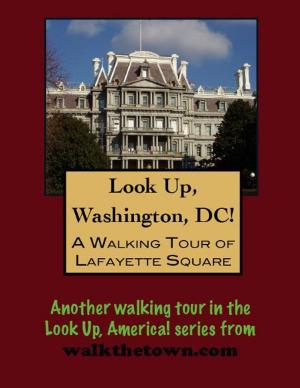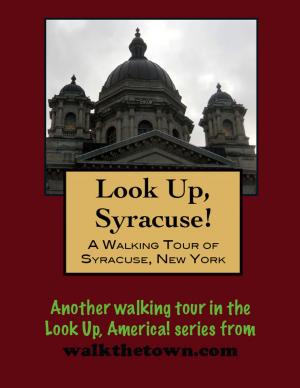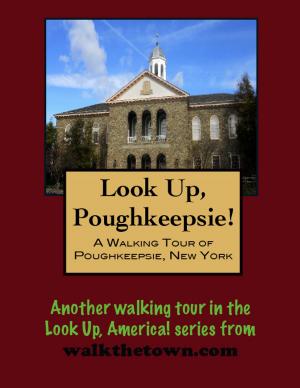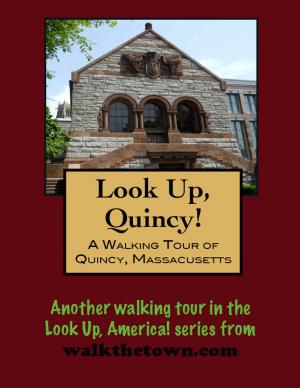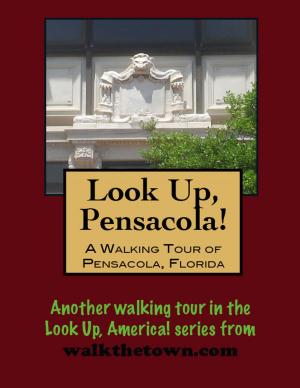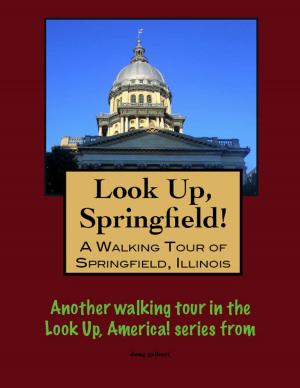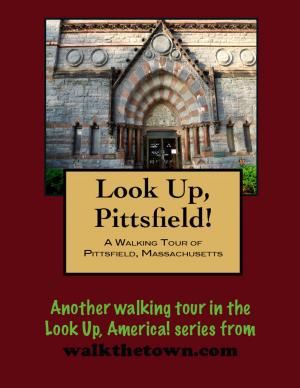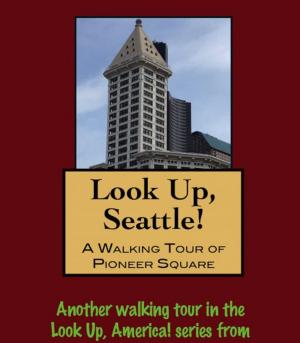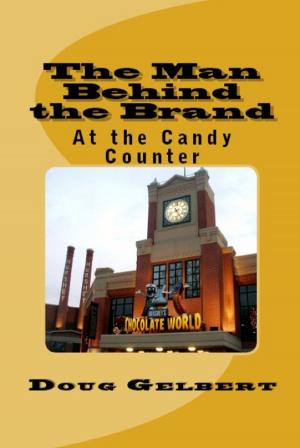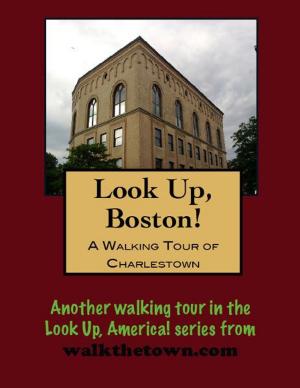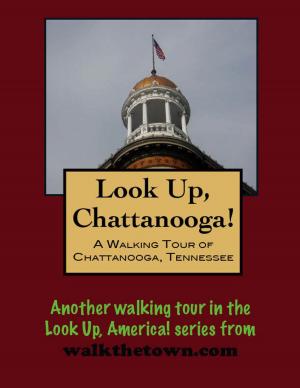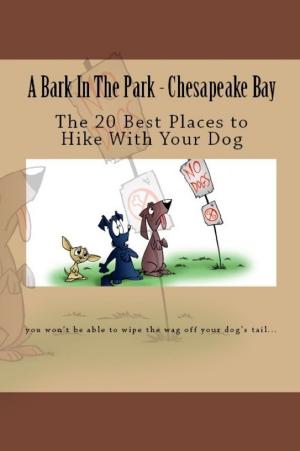| Author: | Doug Gelbert | ISBN: | 9781458066572 |
| Publisher: | Doug Gelbert | Publication: | January 29, 2011 |
| Imprint: | Smashwords Edition | Language: | English |
| Author: | Doug Gelbert |
| ISBN: | 9781458066572 |
| Publisher: | Doug Gelbert |
| Publication: | January 29, 2011 |
| Imprint: | Smashwords Edition |
| Language: | English |
There is no better way to see America than on foot. And there is no better way to appreciate what you are looking at than with a walking tour. Whether you are preparing for a road trip or just out to look at your own town in a new way, a downloadable walking tour is ready to explore when you are.
Each walking tour describes historical and architectural landmarks and provides pictures to help out when those pesky street addresses are missing. Every tour also includes a quick primer on identifying architectural styles seen on American streets.
With ties to George Washington, Molly Pitcher, the Civil War and even America’s Greatest Athlete,
Jim Thorpe, for many years Carlisle billed itself as “America’s Most Historic Town.” The Carlisle
Barracks, built in 1751, were George Washington’s choice for his army’s first aresnal and school. This
Colonial ammunition plant was called Washingtonburg when it was constructed in 1776, the first
place in America named for Washington.
The Town of Carlisle was laid out and settled by Scots-Irish immigrants in 1751 and became the center
of their settlement in the Cumberland Valley. It was named after its sister town in Carlisle, England,
and even built its former jailhouse to resemble Carlisle Citadel. Carlisle was well-known at one time for
the Carlisle Indian Industrial School, which trained Native Americans from all over the United States;
one of its notable graduates was athletic hero Jim Thorpe.
During the first half of the 20th century, the Carlisle Historic District was the hub of activity in the
agricultural region located west of the Susquehanna River. Carlisle remained the largest town in
Cumberland County during this period, with its population of 9,626 persons in 1900 swelling to
16,812 by 1950. It was a market town and legal and service center for surrounding Cumberland Valley
throughout the 20th century, as it had been in the past. The town served an agricultural region that
extended 9 miles to the east, 15-18 miles to the south and west, and over 25 miles over the mountain
into Perry County to the north. Before 1930, two trolley lines and a passenger railroad, and after 1930,
an extensive network of public roads connected the Carlisle Historic District with other communities
in the region.
This walking tour will begin on Courthouse Square, an area known to George Washington when he
worshipped here...
There is no better way to see America than on foot. And there is no better way to appreciate what you are looking at than with a walking tour. Whether you are preparing for a road trip or just out to look at your own town in a new way, a downloadable walking tour is ready to explore when you are.
Each walking tour describes historical and architectural landmarks and provides pictures to help out when those pesky street addresses are missing. Every tour also includes a quick primer on identifying architectural styles seen on American streets.
With ties to George Washington, Molly Pitcher, the Civil War and even America’s Greatest Athlete,
Jim Thorpe, for many years Carlisle billed itself as “America’s Most Historic Town.” The Carlisle
Barracks, built in 1751, were George Washington’s choice for his army’s first aresnal and school. This
Colonial ammunition plant was called Washingtonburg when it was constructed in 1776, the first
place in America named for Washington.
The Town of Carlisle was laid out and settled by Scots-Irish immigrants in 1751 and became the center
of their settlement in the Cumberland Valley. It was named after its sister town in Carlisle, England,
and even built its former jailhouse to resemble Carlisle Citadel. Carlisle was well-known at one time for
the Carlisle Indian Industrial School, which trained Native Americans from all over the United States;
one of its notable graduates was athletic hero Jim Thorpe.
During the first half of the 20th century, the Carlisle Historic District was the hub of activity in the
agricultural region located west of the Susquehanna River. Carlisle remained the largest town in
Cumberland County during this period, with its population of 9,626 persons in 1900 swelling to
16,812 by 1950. It was a market town and legal and service center for surrounding Cumberland Valley
throughout the 20th century, as it had been in the past. The town served an agricultural region that
extended 9 miles to the east, 15-18 miles to the south and west, and over 25 miles over the mountain
into Perry County to the north. Before 1930, two trolley lines and a passenger railroad, and after 1930,
an extensive network of public roads connected the Carlisle Historic District with other communities
in the region.
This walking tour will begin on Courthouse Square, an area known to George Washington when he
worshipped here...


